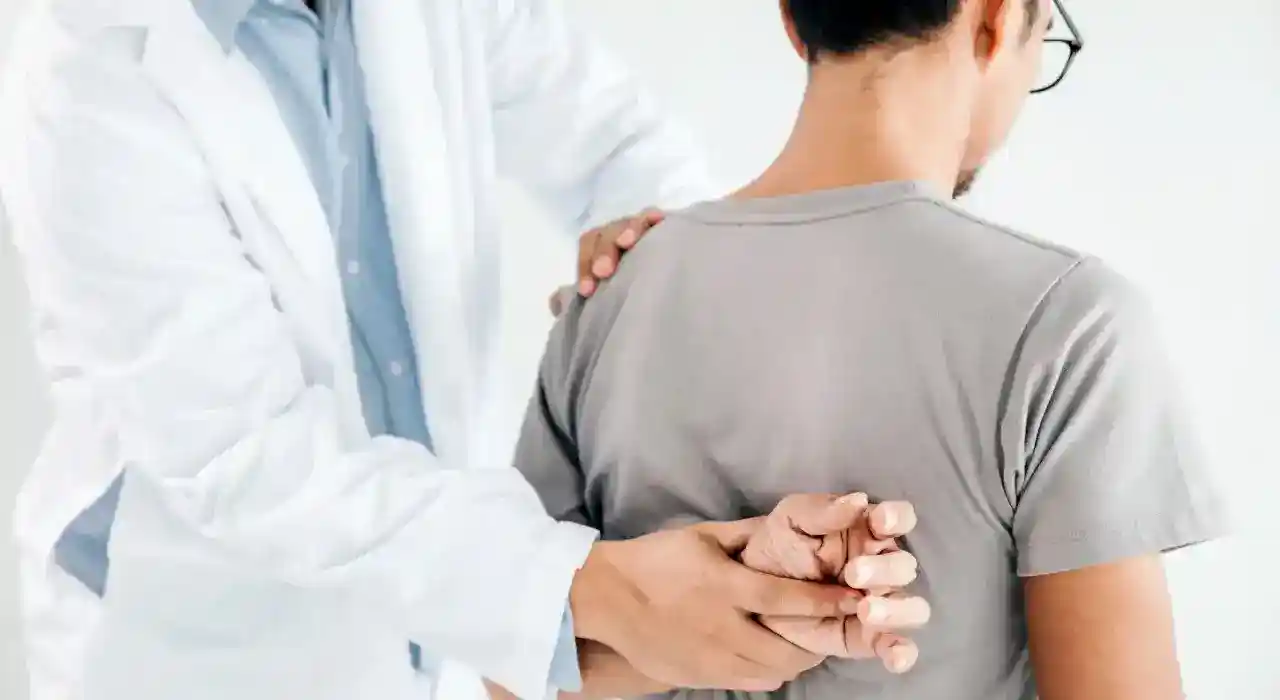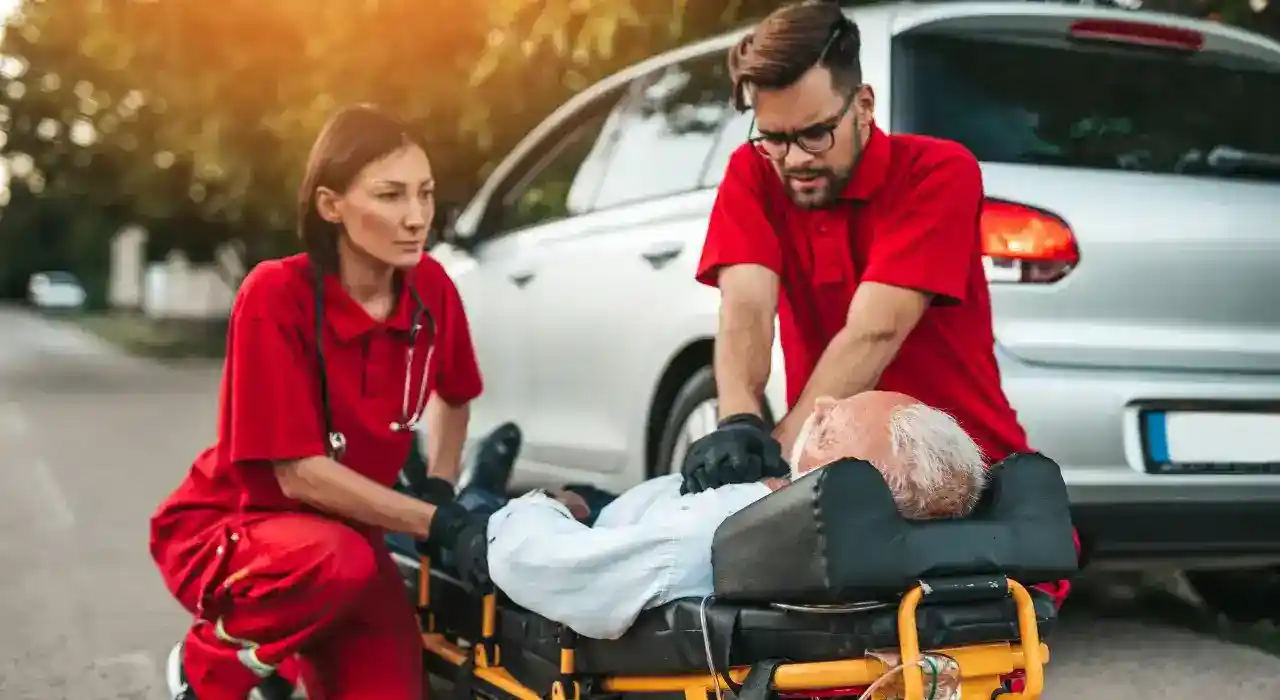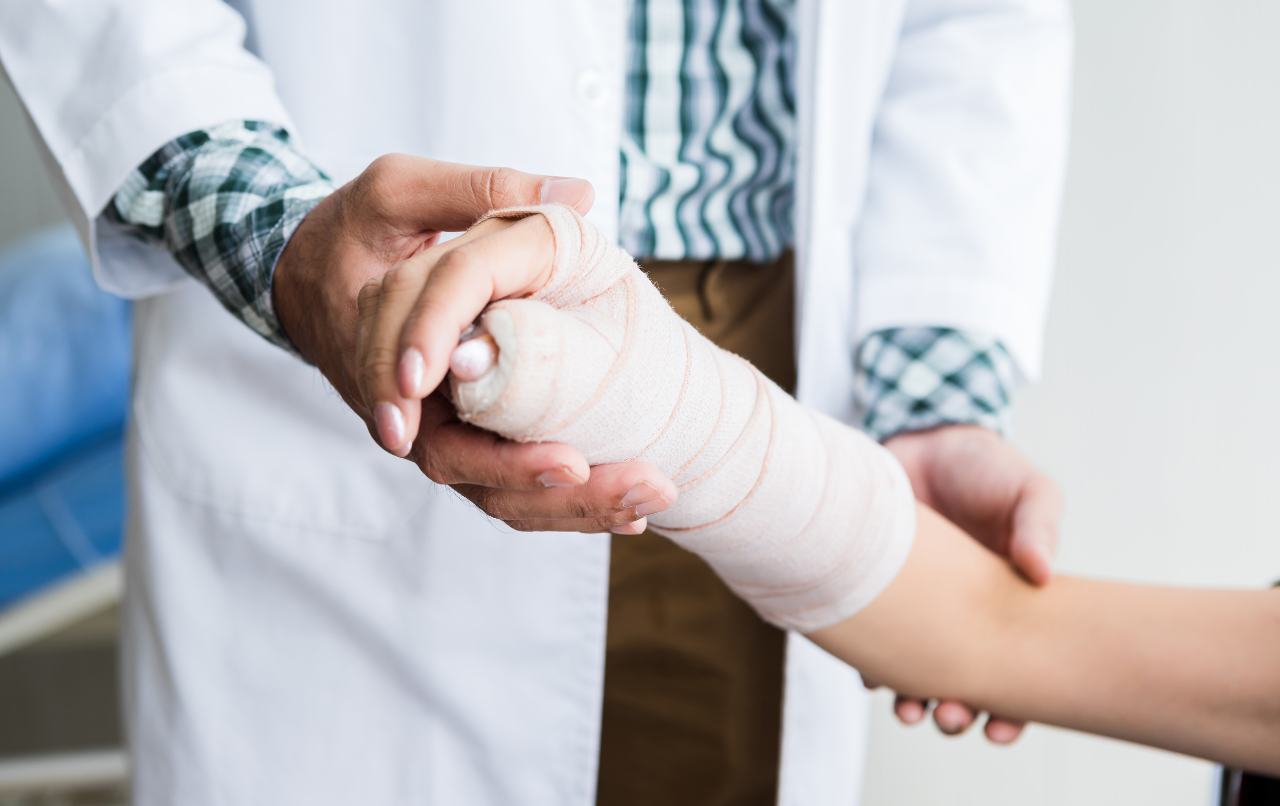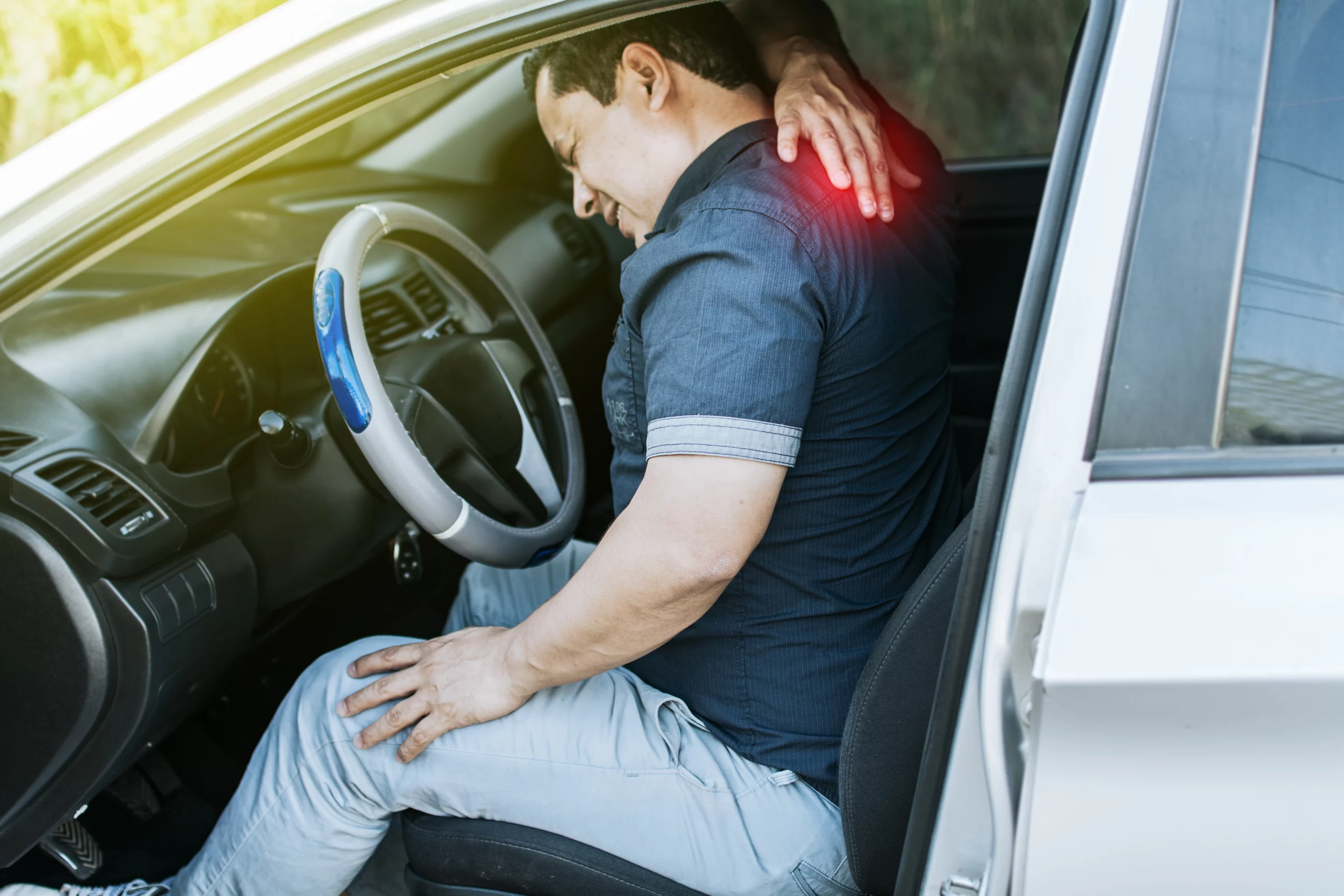An electromyelogram (EMG) is a test that is used to record the electrical activity of muscles.
When muscles are active, they produce an electrical current. Typically, an EMG is given at the same time as a nerve conduction study (NCS). These tests are used to diagnose nerve injuries and muscle damage and are referred to as elctrodiagnostic testing (EDX). Very often they will be given to individuals who have suffered low back injuries or neck injuries to diagnose nerve damage which may be causing symptoms in the upper or lower extremities (arms or legs).
The EMG measures the electrical integrity of the spinal cord to the muscle, and is frequently normal at first even with severe spinal cord injury.
The NCV will measure how quickly and completely a person’s arm or leg nerve transfers “information”, or how quickly and completely they respond. If nerve damage has occurred very often the response will be delayed or incomplete. NCS will show conduction changes in carpal tunnel and tarsal tunnel syndromes. It is very important to note that most EMG/NCV tests are not 100% accurate, and have at least a 10-30% margin of error. Very often individuals with nerve damage will have normal EMG/NCV tests even though they are experiencing severe nerve damage. One of the critical elements in utilizing an EMG /NCS is the timing of the study in comparison to the onset of the injury.
Electrodiagnostic studies (EMG and NCS) examination may be most helpful when performed several weeks after the injury has occurred. However, NCSs are often useful acutely after nerve injury, for example, if there is concern that a nerve has been severed. In fact, if studies are delayed, the opportunity to precisely identify the region of injury or to intervene may be lost. In some cases, even needle EMG testing performed immediately after a nerve injury may demonstrate abnormal motor unit action potential (MUAP) recruitment and/or provide baseline information that can be helpful to document preexisting conditions, date the injury, or serve as a baseline for comparison with later studies.
For more detailed information go to painmd.tv






